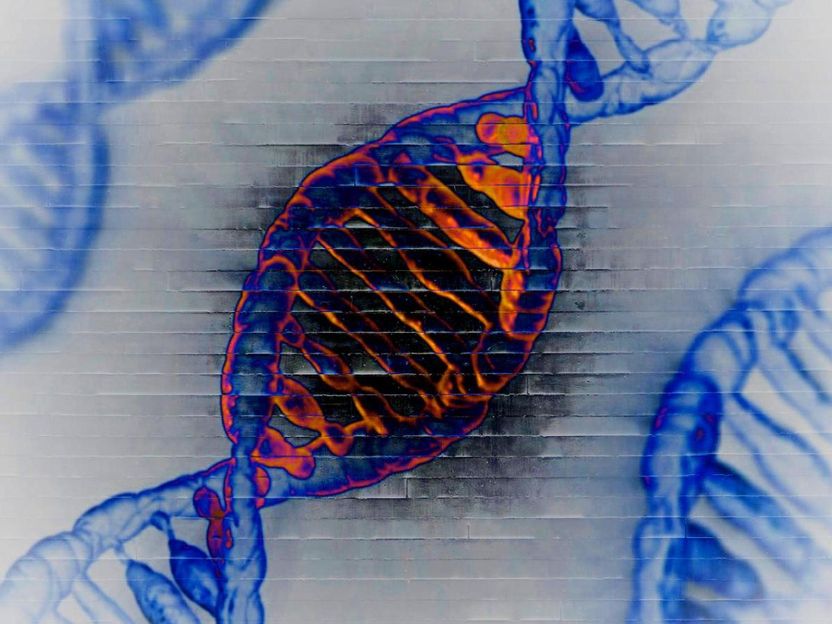Last-line antibiotics are failing
On the occasion of the 9th European Antibiotic Awareness Day, the European Centre for Disease Prevention and Control (ECDC) is releasing its latest EU-wide data on antibiotic resistance and antibiotic consumption. In 2015, antibiotic resistance continued to increase for most bacteria and antibiotics under surveillance. In particular, the EU average percentage of carbapenem resistance in Klebsiella pneumoniae increased from 6.2% in 2012 to 8.1% in 2015, and combined resistance to carbapenems and polymyxins (e.g. colistin) was sometimes reported. These two groups of antibiotics are considered last-line antibiotics as they usually are the last treatment options for patients infected with bacteria resistant to other available antibiotics. While antibiotic consumption in hospitals significantly increased in several EU Member States, antibiotic consumption in the community decreased in six EU Member States.

The emergence and spread of antibiotic resistance has become a recognized global problem. Antibiotic resistance severely limits the number of antibiotics available for the treatment of diseases.
ECDC
Vytenis Andriukaitis, European Commissioner for Health and Food Safety, said: "Antibiotic resistance is one of the most pressing public health issues of our time. If we don't tackle it, we can go back to a time when even the simplest medical operations were not possible, and organ transplants, cancer chemotherapy or intensive care even less so". He added: "The European Commission will launch a new Action Plan next year so that we can, together with our partners in the EU Member States and internationally, continue to ensure that the prevention and control of antibiotic resistance is strengthened within a one-health approach".
ECDC Acting Director, Dr Andrea Ammon, said: "Antibiotic resistance in is of increasing concern in Europe. More than one third of the isolates reported to ECDC for 2015 were resistant to at least one of the antibiotic groups under surveillance, and combined resistance to multiple antibiotic groups was common. Moreover, the emergence of K. pneumoniae infections with combined resistance to carbapenems and colistin is worrisome and an important warning that options for treatment are now even more limited than in the past". Dr Ammon added: "However, the decrease of antibiotic consumption in the community in six countries is a positive sign and shows that we are starting to use antibiotics more prudently. Prudent use of antibiotics is pivotal, both in the community and in hospitals, to ensure that these drugs remain effective".
ECDC's data also show that antibiotic resistance in Escherichia coli, one of the most frequent causes of bloodstream infections and community- and healthcare-associated urinary tract infections, requires close attention as the percentages of isolates resistant to commonly used antibiotics continues to increase throughout Europe. In contrast, the percentage of meticillin-resistant Staphylococcus aureus (MRSA) showed a significantly decreasing trend at EU/EEA level between 2012 and 2015. Despite this positive development, MRSA remains a public health priority as eight out of thirty countries reported percentages above 25%.
Dr Zsuzsanna Jakab, WHO Regional Director for Europe said: "Surveillance of antibiotic resistance is the backbone of our work in defence of antibiotics' effectiveness. Until we know where resistance is, we cannot prioritize action. This is why we focus on expanding the map of antibiotic resistance beyond the European Union countries through the Central Asian and Eastern European Surveillance of Antimicrobial Resistance (CAESAR) network. What the report indicates is of concern: our patients are exposed to resistant bacteria in hospitals due to overuse and misuse of antibiotics and poor infection prevention and control. We urge our leaders to use this evidence and accelerate their response to a major global health threat of our time".
Other news from the department science

Get the life science industry in your inbox
By submitting this form you agree that LUMITOS AG will send you the newsletter(s) selected above by email. Your data will not be passed on to third parties. Your data will be stored and processed in accordance with our data protection regulations. LUMITOS may contact you by email for the purpose of advertising or market and opinion surveys. You can revoke your consent at any time without giving reasons to LUMITOS AG, Ernst-Augustin-Str. 2, 12489 Berlin, Germany or by e-mail at revoke@lumitos.com with effect for the future. In addition, each email contains a link to unsubscribe from the corresponding newsletter.
More news from our other portals
Last viewed contents
GNA Biosolutions completes € 6 million financing round - Prepares for market entry with fast diagnostic instruments for hospital bugs
BASF Fine Chemicals Switzerland SA and BASF Orgamol Pharma Solutions SA merger announced - Company renamed BASF Pharma (Evionnaz) SA





















































